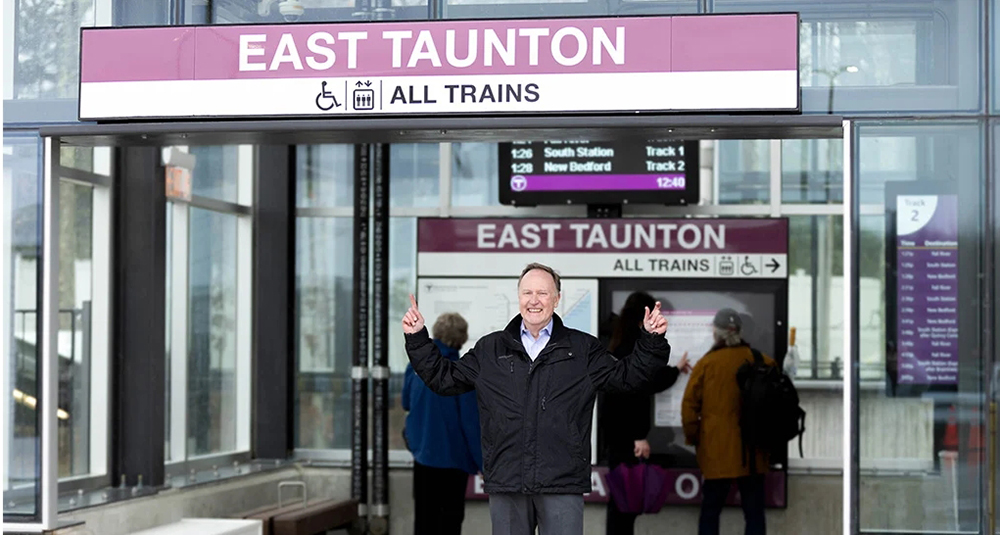News:
Spotlight Content
Posted: October 30, 2014
All segments of the real estate market will continue to improve into 2015
Although commercial leasing and occupancy patterns have been showing steady gains in all commercial real estate sectors it has still been a long travelled road. The most encouraging economic signs in the 3rd Quarter, 2014 has been the dip in the jobless rate to a 6 year low of 5.9%. This indicates that a major impact on commercial real estate, an industry that is more cyclical than others, might be on the horizon. A lower unemployment rate influences all commercial real estate sectors positively; more people seeking rental housing, businesses expanding with new employees and more people shopping with more disposable income.
Our strongest sector continues to be multi-family. Although, rents have not increased at the levels as they did in the previous 4 years since the Great Recession, actually peaking in 2012, we did see rents rise at approximately 3.5% in 2014. Average vacancy has also risen to approximately 4.5%. Demand still exceeds supply, though and like any tight market, there is a need for more product.
According to Multi Family Executive Magazine, Metro Boston is in the top 10 construction apartment markets with a projected 6,829 new units coming on line. Even with this projected growth, there is still not enough apartment units to meet the growing number of people who choose to rent and many who don't but do so out of necessity, because of higher interest rates and even higher home prices that have outpaced the average household income, in the Greater Boston area. Given this growth in supply, vacancy is still projected to rise only modestly in the next year due to these factors of supply and demand. Consequently, rent will still be non- negotiable with no concessions in the foreseeable future, according to a survey recently completed by Rent.com. This is mainly due to the fact that if you lose your apartment in this market there is just no place to go. In conclusion, strong demand, favorable economic indicators, and new construction which is not in pace with demand, are reasons why real estate managers will have another favorable year, in this multi-family market.
The office sector is also expected to improve and has shown remarkable improvement in the past few quarters. The Greater Boston office market has posted its strongest numbers since the recession officially ended. While not in a full recovery the office market is going in the right direction. Boston's average rents are in the $40 per s/f range. Suburban average rents are well into the low $20 per s/f range with vacancy rates for the first time in a very long time below 10%, at an average of 9.4% in the Boston market to an average of 14.3% in the suburban market and as low as 10.8% in the 128 Beltway, according to a recent office survey conducted by Cassidy Turley. Considerably lower than just one year ago. The 495 Beltway continues to experience negative absorption.
With little new construction, in the suburbs, this office market should continue to improve. There is, however, approximately 1.6 million s/f of new construction in the Financial and Seaport Districts which will strengthen the Class A office building market. Rents are expected to hold steady while vacancy is absorbed further.
The Greater Boston's retail market is one of the best in the vountry. The region's vacancy rate is approximately 6% compared to the nation's rate of 10.3%. The region's effective rent is also approximately $20 per s/f. With a favorable vacancy rate and demand up, there are many new developments in construction. Most notable are the Needham St. Village Shops in Newton and the Boston Public Food Market that will house food vendors and directly replace and expand on the farmer's market near Faneuil Hall and the much anticipated Westwood Station, a transit oriented mixed use project in Westwood. This all points to a healthy retail market in the foreseeable future. Retailers will continue to grow and take advantage of new opportunities in both the suburban areas and the city.
Although there is still recovery ahead, all segments of the real estate market will continue to improve into 2015, with a few more bumps in the road.
Chris Mellen, CPM is the vice president of The Simon Companies, Braintree, Mass.
Tags:
Spotlight Content
MORE FROM Spotlight Content
Check out the New England Real Estate Journal's 2025 Fall Preview Spotlight
NEREJ’s Fall Preview is Out Now!
Explore our Fall Preview Spotlight, featuring exclusive Q&As with leading commercial real estate professionals and in-depth byline articles on today’s most relevant market topics. Gain insight into the trends, challenges, and opportunities shaping New England’s commercial real estate landscape this fall.
Explore our Fall Preview Spotlight, featuring exclusive Q&As with leading commercial real estate professionals and in-depth byline articles on today’s most relevant market topics. Gain insight into the trends, challenges, and opportunities shaping New England’s commercial real estate landscape this fall.

Columns and Thought Leadership

How do we manage our businesses in a climate of uncertainty? - by David O'Sullivan
These are uncertain times for the home building industry. We have the threat of tariffs mixed with high interest rates and lenders nervous about the market. Every professional, whether builder, broker, or architect, asks themselves, how do we manage our business in today’s climate? We all strive not just to succeed, but

30 years on South Coast Rail: A journey to connect Southeastern Mass. with commuter rail - by Rick Carey
On March 24, 2025, a dream more than three decades in the making became a reality with the launch of the Massachusetts Bay Transportation Authority’s (MBTA) South Coast Rail commuter service. This milestone marks the completion of a project that overcame numerous starts and stops, including changes in leadership

How long should I hold a property for it to qualify as an investment property in connection with a 1031 tax-deferred exchange? - by Brendan Greene and Mark McCue
Internal Revenue Code (IRC) Section 1031 provides “No gain or loss shall be recognized on the exchange of property held for productive use in a trade or business or for investment if such property is exchanged solely for property of like kind which is to be held

Shallow-bay wins on 495/128: A renewal-driven market with a thin pipeline - by Nate Nickerson
The Boston industrial market entered mid-2025 in a bifurcated state. Large-block vacancy remains elevated, while shallow-bay along the 495/128 corridor continues to prove resilient. Fieldstone’s focus on this geography positions us squarely in the middle of a renewal-driven, supply-constrained

.png)








